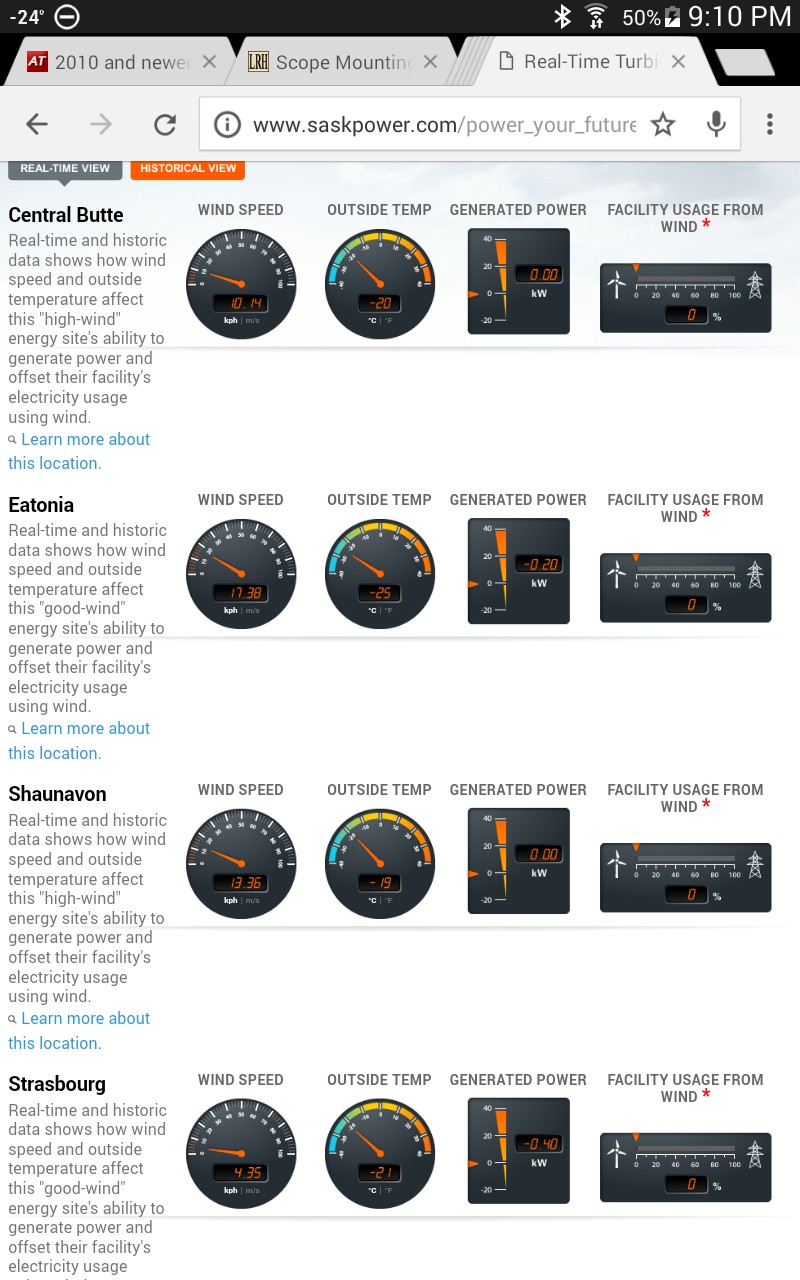http://www.eia.gov/outlooks/aeo/pdf/electricity_generation.pdfhttp://www.eia.gov/outlooks/aeo/pdf/electricity_generation.pdf
USA Average Levilized cots of energy (LCOE) for plants coming on stream in 2022 in USA in 2015 $/Mwh. No subsidies included.
Coal with CCS - $139.5
Natural Gas Conventional Combined cycle - $58.1
Natural Gas Advanced Combined cycle -$57.2
Natural Gas CC with CCS -$84.8
Natural Gas Conventional Combustion Turbine - $110.8
Natural Gas Advanced Combustion Turbine - $94.7
Advanced Nuclear - $102.8
Geothermal -$45
Biomass -$96.1
Wind - $64.5
Wind Offshore - $158.1
Solar PV - $84.7
Solar Thermal -$235.9
Hydroelectric -$67.8
USA Average Levilized cots of energy (LCOE) for plants coming on stream in 2022 in USA in 2015 $/Mwh. No subsidies included.
Coal with CCS - $139.5
Natural Gas Conventional Combined cycle - $58.1
Natural Gas Advanced Combined cycle -$57.2
Natural Gas CC with CCS -$84.8
Natural Gas Conventional Combustion Turbine - $110.8
Natural Gas Advanced Combustion Turbine - $94.7
Advanced Nuclear - $102.8
Geothermal -$45
Biomass -$96.1
Wind - $64.5
Wind Offshore - $158.1
Solar PV - $84.7
Solar Thermal -$235.9
Hydroelectric -$67.8

Comment